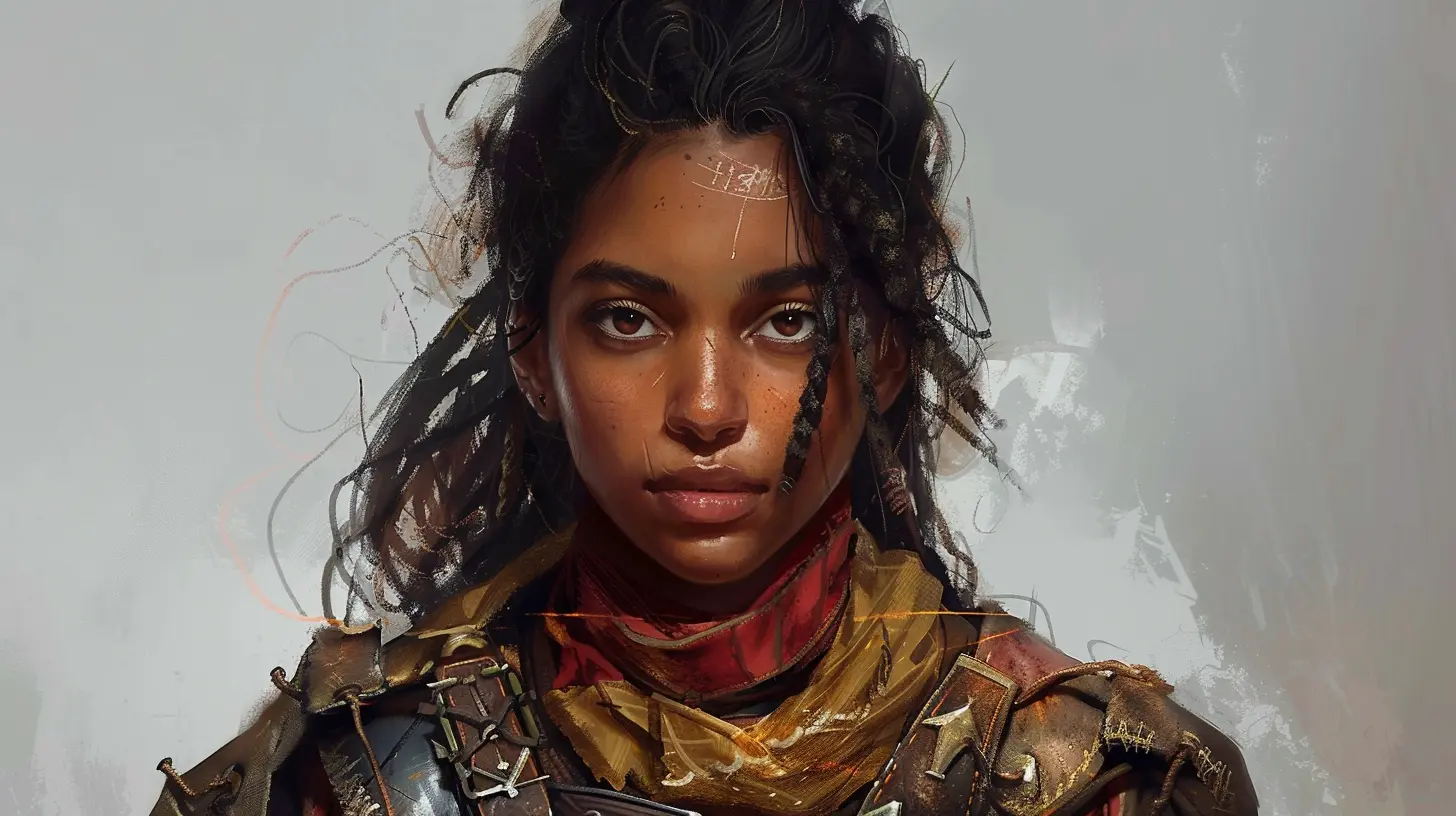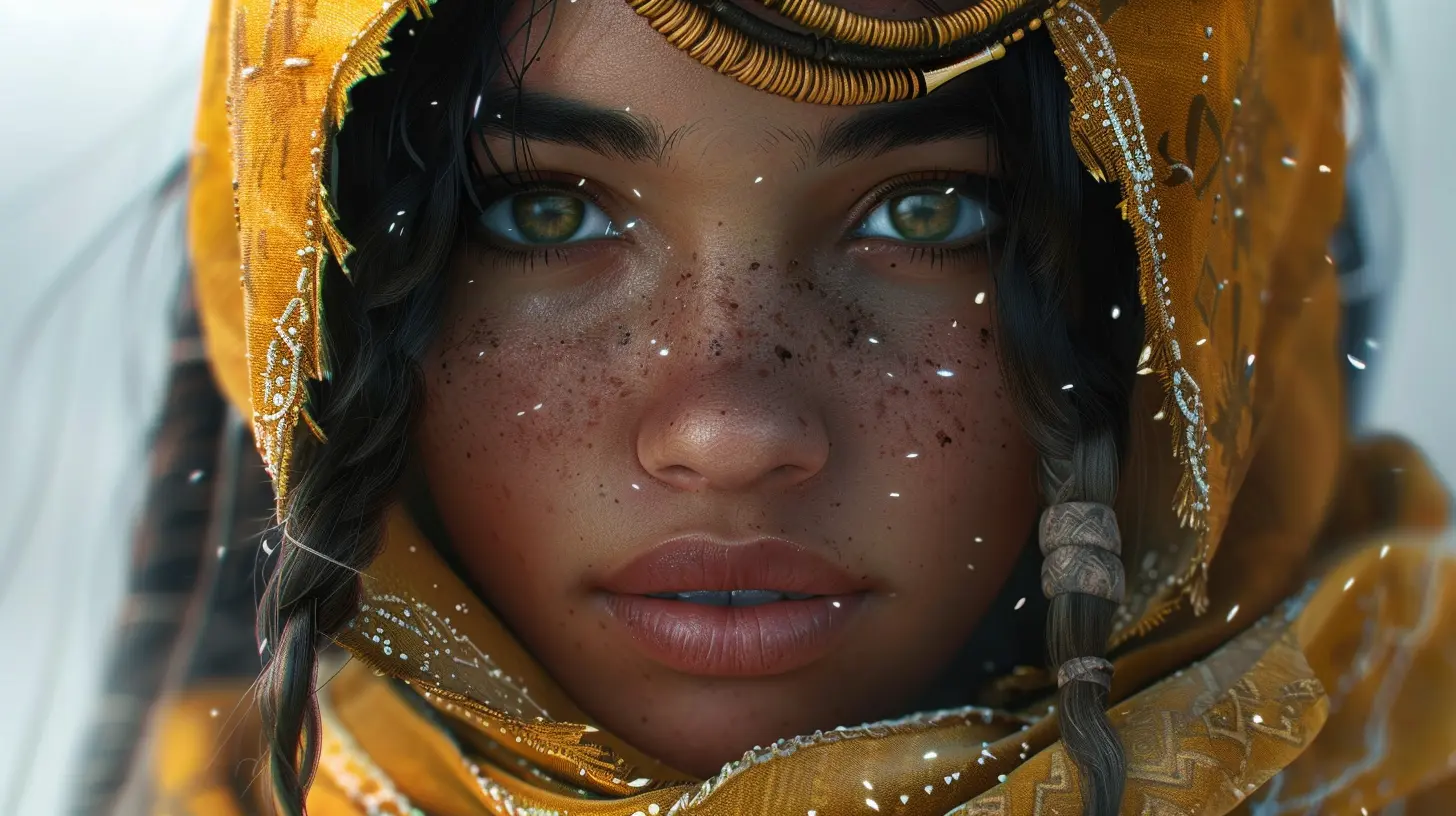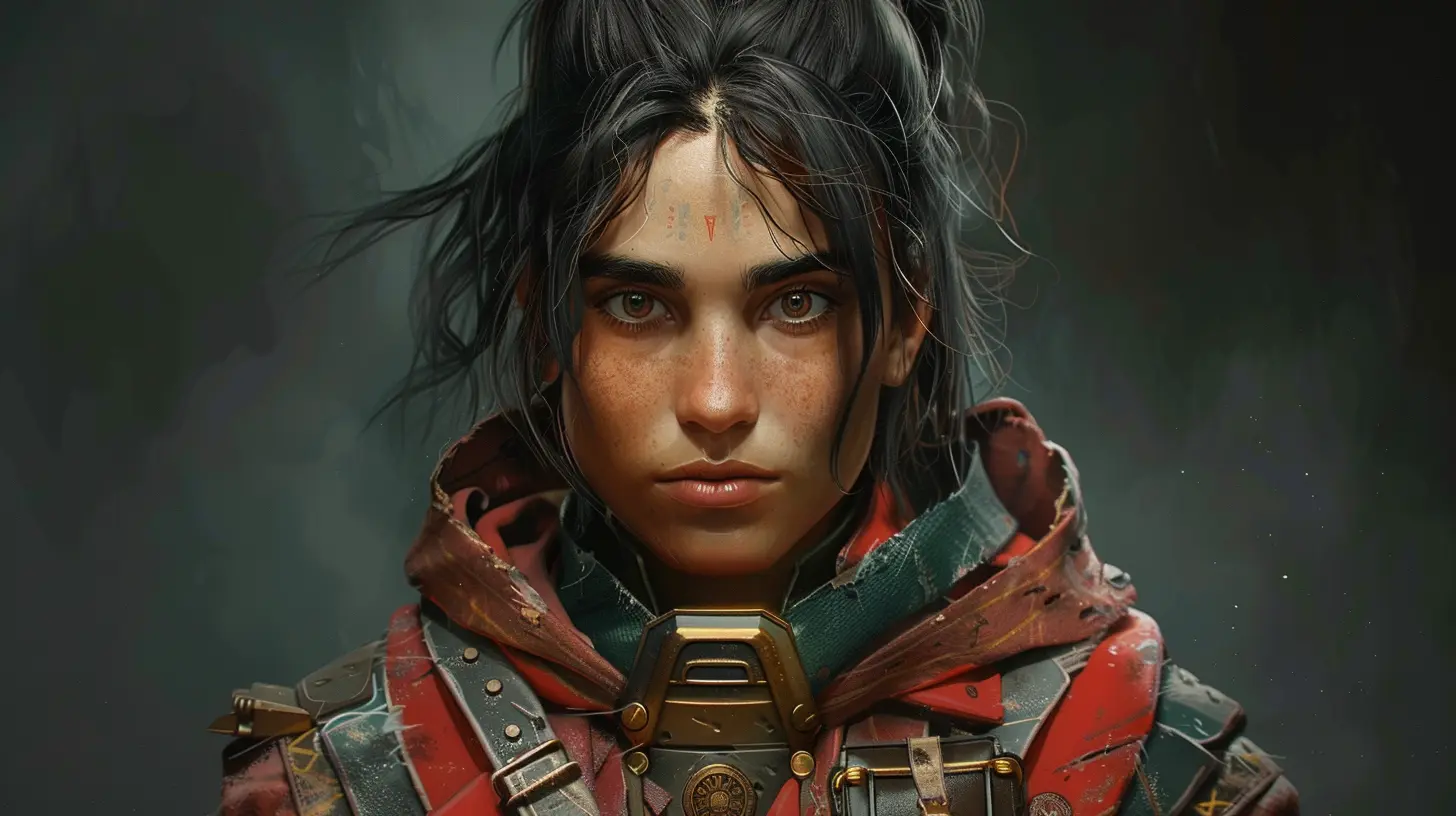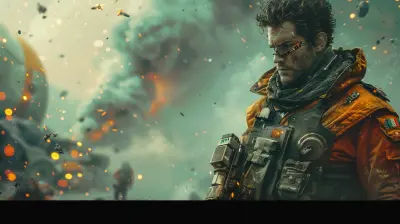The Rise of Inclusive Character Customization in Games
25 September 2025
Gaming, once considered a niche hobby, has rapidly transformed into one of the most engaging and diverse forms of entertainment worldwide. With millions of players from all walks of life picking up controllers or jumping into keyboards, the need for inclusivity has never been more apparent. Over the past decade, one of the most significant changes in game design has been the push for inclusive character customization. And honestly? It's about time.
Whether you're creating a battle-hardened warrior in an RPG or a flashy avatar for your favorite MMO, the ability to make a character that resonates with you doesn’t just add immersion—it feels empowering. But how did we get here? Why does inclusive customization matter so much? And what are developers doing to keep raising the bar? Let’s dive in.
A Step Back: The Early Days of Character Customization
Remember when character customization first became a thing? Back in the day, it was more like picking one of a few pre-made options than truly creating your ideal character. Sure, you’d get to choose between “male” and “female,” adjust a slider or two, and maybe slap on a funky hairstyle—but that was about it. Oh, and let’s not forget the glaring lack of diversity.Most games defaulted to Eurocentric features, light skin tones, and overdone beauty standards. If you didn’t match that narrow mold? Too bad. It was like trying to color inside the lines with only one crayon. For many gamers—especially those from underrepresented communities—this lack of choice left them feeling excluded.
Fast Forward: Why Inclusivity Matters
So, why does inclusivity in character customization even matter? Let’s start with a question: Have you ever played a game and thought, “This doesn’t feel like me”? If you have, you know how alienating that can feel. For years, gamers who didn’t fit the industry’s cookie-cutter standards (queer players, people of color, folks with disabilities) were left without authentic representation.In 2023, gaming is no longer a one-size-fits-all industry. With players from every corner of the world and every background imaginable, the demand for representation isn’t just a trend—it’s a necessity. When you see someone who looks like you or aligns with your identity, it’s validating. Representation sends a powerful message: you belong here. And let's be real: everyone deserves to feel like they belong in the gaming world.
Representation Done Right: Key Elements of Inclusive Customization
So, what exactly goes into inclusive character customization? It’s not just about slapping more skin tones on a palette or tossing in some funky hairstyles (though those things are important!). It’s about creating thoughtful, intentional options that reflect the diversity of real-life players.1. Skin Tones That Reflect Reality
One of the biggest wins in recent years has been the vast improvement in skin tone options. Games like The Sims 4 and Cyberpunk 2077 now feature expansive ranges that go far beyond the old-school “light, tan, and dark” presets. This ensures that everyone—from the palest porcelain to the deepest ebony—can find a tone that feels right.2. Hairstyles That Break Stereotypes
Remember the days when the only “curly” hair option looked like a bad perm? Yeah, not great. Nowadays, developers are adding a variety of hairstyles, including afros, dreadlocks, braids, fade cuts, and even culturally specific designs. Games like Animal Crossing: New Horizons and NBA 2K have set the bar high with their detailed hair textures.3. Body Diversity
Let’s talk body types! For the longest time, character models were hyper-idealized. Men were all ripped with square jaws, and women were curvy with impossibly tiny waists. Thankfully, games like Saints Row and Baldur’s Gate 3 are challenging these outdated beauty standards, allowing for a range of body shapes, heights, and sizes.4. Gender Fluidity
Gender is no longer limited to a binary in many modern games. Titles like Cyberpunk 2077 and The Sims 4 have removed rigid gender restrictions, letting players mix and match body types, voices, and pronouns however they want. It’s a small change that means a lot for those who don’t fit neatly into “male” or “female” categories.5. Accessibility Features
Inclusivity isn’t just about race or gender—it’s also about accessibility. Games like Forza Horizon 5 have added prosthetic limbs as customization options, while Mass Effect Legendary Edition lets players tweak subtitles and visual aids for better accessibility. These subtle adjustments ensure that everyone, regardless of ability, can see themselves in the characters they create.
Leading the Charge: Games Getting It Right
Some games go above and beyond when it comes to inclusivity. Here’s a shout-out to a few that are really leading the charge:- The Sims 4: One of the pioneers of inclusivity, this game has consistently expanded its customization options, from non-binary pronouns to culturally accurate hairstyles.
- Cyberpunk 2077: Say what you will about its rocky launch, but its character creator broke boundaries by tossing gender restrictions out the window.
- Animal Crossing: New Horizons: This comforting game added wide-ranging skin tones and inclusive hairstyles, proving that even “cute” games can be thoughtful.
- Elden Ring: With its insanely detailed customization options, Elden Ring lets players get creative and make characters as unique as they are.
The Impact of Inclusive Games: More Than Just Representation
Let’s face it—games with inclusive character customization don’t just feel good to play; they shape culture too. When developers make the conscious decision to include diverse options, they’re sending a message that diversity is valuable. And that message ripples far beyond the gaming world.For younger players, seeing diverse characters can have a major impact on self-esteem and identity. Imagine a kid seeing a character with vitiligo and thinking, “Wait—my skin looks like that too!” Or a teen customizing a transgender warrior and realizing they’re not alone. Representation in games shows players that their identities are valid.
But there’s also a practical side to inclusivity. For developers, it broadens their audience. When you make everyone feel welcome, more people are likely to pick up your game. It’s simple: inclusivity isn’t just morally right—it’s good business too.
The Road Ahead: Challenges and Opportunities
Of course, there’s still work to be done. Some games handle inclusivity beautifully, but others? Not so much. Developers sometimes fall into the trap of tokenism, where they include diverse features just to tick a box. It’s important for representation to feel authentic—not forced.Moreover, adding inclusive customization can be resource-intensive, especially for smaller studios. It takes time, research, and sometimes a steep learning curve to get it right. But hey, nothing worth doing is ever easy, right?
Looking ahead, the future is bright. As technology improves and the industry continues to evolve, we’ll likely see even more thoughtful, inclusive designs. Maybe one day, games will offer fully AI-driven customization systems capable of replicating every nuance of human diversity. Until then, the progress we’ve seen so far is worth celebrating.
Wrapping It Up
Character customization has come a long way, hasn’t it? What started as a simple feature to tweak your avatar’s look has transformed into a powerful tool for representation and self-expression. Inclusive options make gaming more immersive, more personal, and—let’s be real—just more fun.At the end of the day, gaming isn’t just about pixels on a screen or numbers on a leaderboard. It’s about connection. It’s about seeing yourself in the stories you play and feeling like you’re part of something bigger. And inclusive character customization? That’s a huge step in the right direction.
all images in this post were generated using AI tools
Category:
Character CustomizationAuthor:

Pascal Jennings
Discussion
rate this article
1 comments
Beatrice Campbell
Thank you for highlighting the importance of inclusive character customization in gaming. It's inspiring to see developers embracing diversity and allowing players to express their identities. This trend not only enhances the gaming experience but also fosters a more welcoming community for all.
October 1, 2025 at 2:20 PM

Pascal Jennings
Thank you for your thoughtful comment! I'm glad you found the discussion on inclusive character customization meaningful. Embracing diversity truly enriches the gaming experience for everyone.


